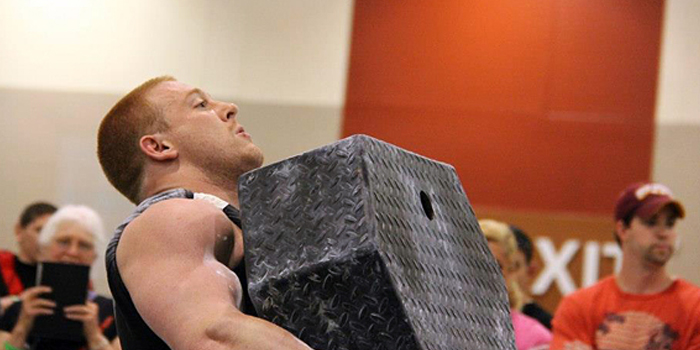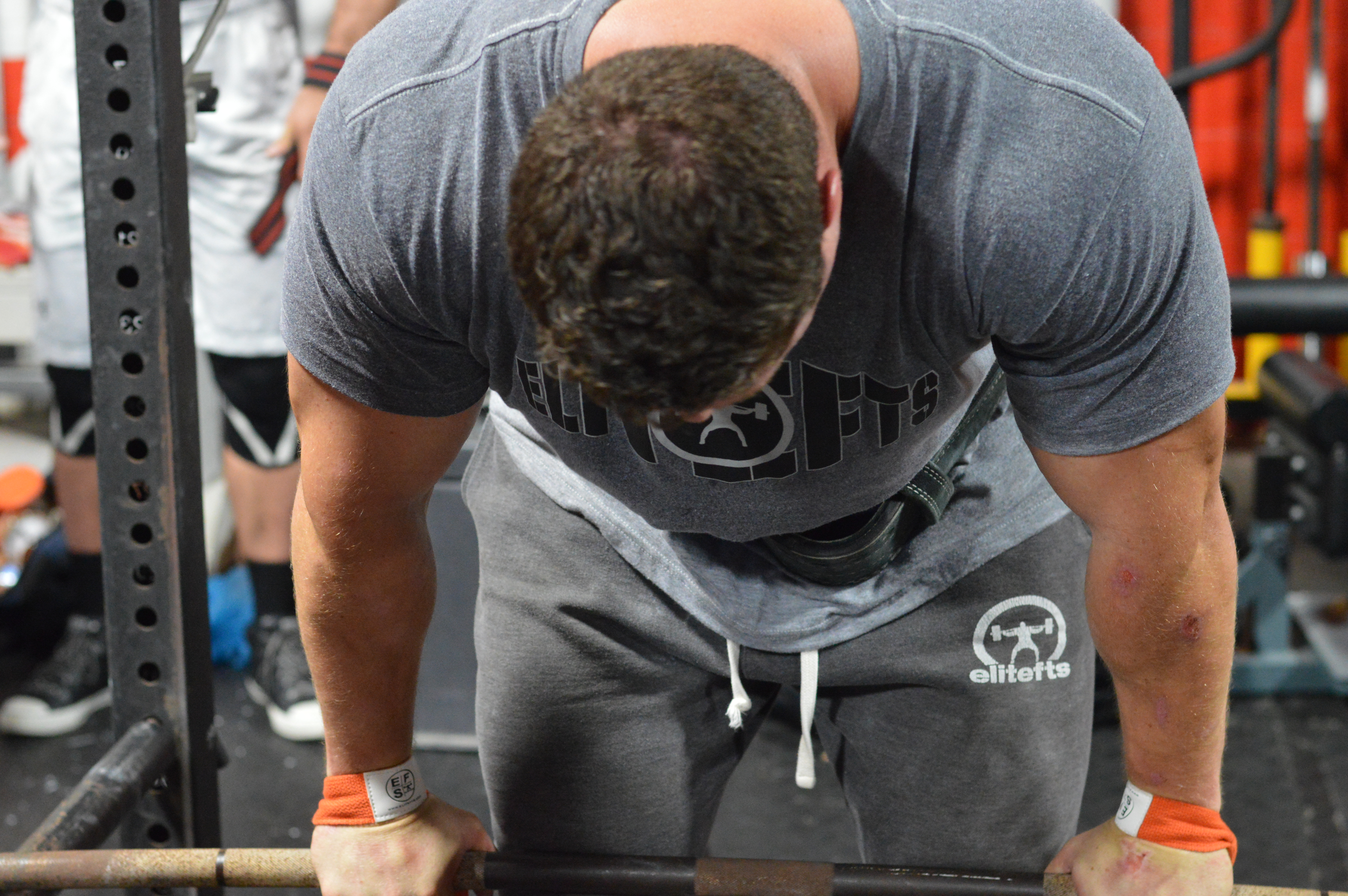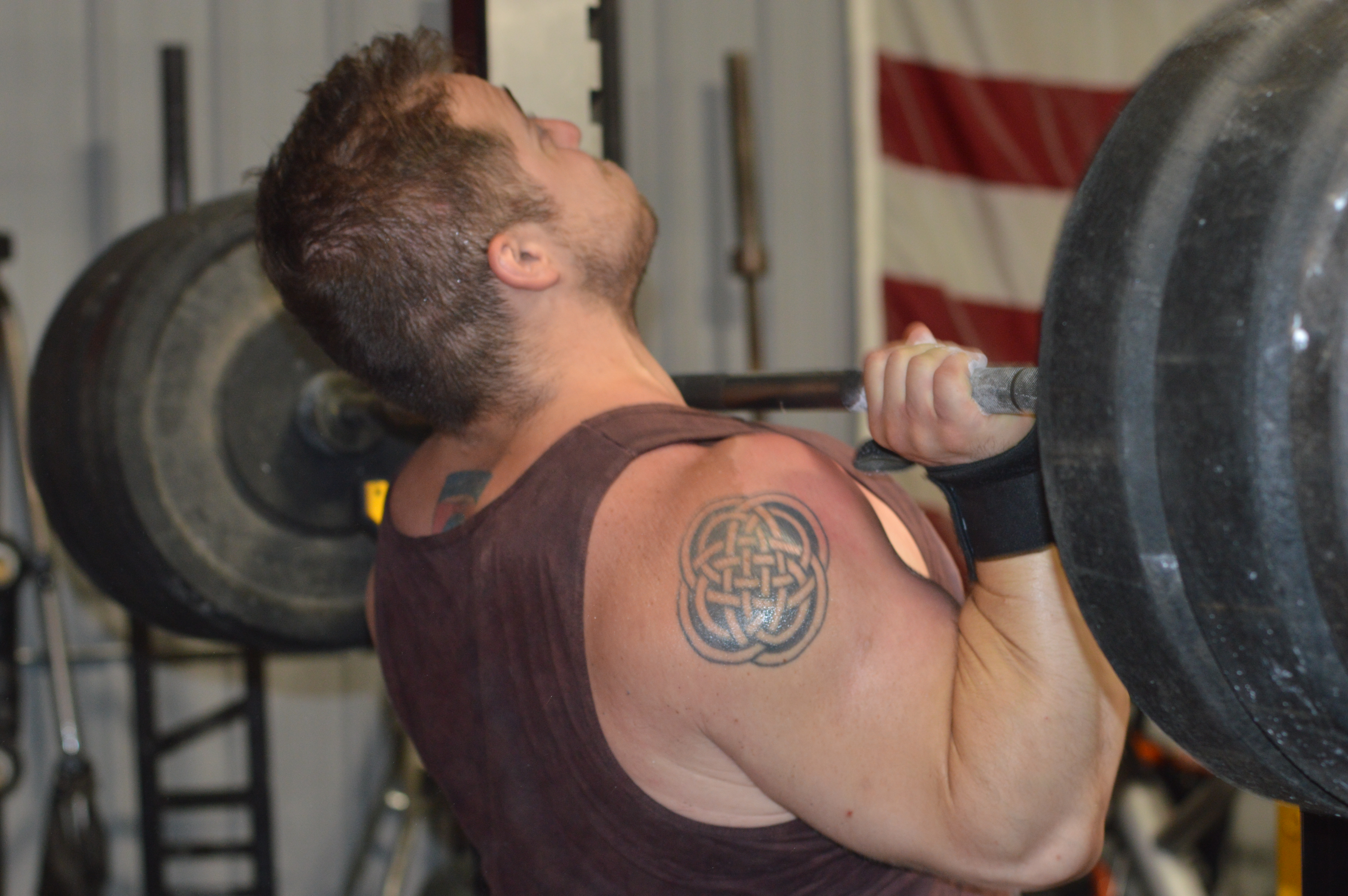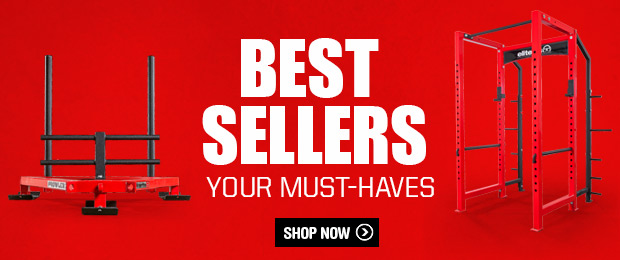
If you’ve been training for any extended period of time, you’re guaranteed to hit a road block or plateau where you just cannot get those numbers to move. You inevitably need to change up what you’re doing. But what do you change? How do you go about deciding what to keep and what to change? Do you take your training through a complete overhaul or just change a little something and see what happens?
The best way to go about this is by first looking back through your training log to evaluate what has worked for you in the past and what has not. What aspects of your lifts correlate to the best all-time numbers you’ve put up? For instance, I notice that when my deadlift and squat are moving the fastest from the floor or out of the hole is when my top end strength is at its peak.
If you don’t keep a training log, go get one, track your training for at least three months and then come back to read this article. You have to be a clinician about changing your training. Only change one small thing at a time. Then give that change time to work or not work. You cannot decide after a month that something is not working for you, I would even make an argument that you cannot decide after two months that something is not working for you. Give it a solid 10-12 weeks to work. After 12 weeks, you should be able to gauge if your training is in a better place or a worse place.
The important thing here is that you only make one change and stick to it. If you change multiple things and get a positive or negative result, it is impossible to isolate which stimulus lead to your result. This is the same thing in the research field; you only change one variable at a time compared against a control in order to get useful data.
This leads to the next point that patience is just as important to progress as appropriate planning. I understand that it can be difficult if four weeks into a program you’re not seeing results, but expecting results just four weeks in is absolutely unreasonable. For a second, let’s break this down into numbers. Let’s say that an observable change is a five-pound increase or decrease. If your squat increases or decreases at a rate of five pounds per four weeks, you would be up or down 65 pounds in a year. That’s not a reasonable long term expectation. If you are anything but a novice lifter, those gains do not come, and they definitely do not come that consistently.
Instead, if you are able to gain one pound a month on your bench press at a sustainable rate, you’ll have put on 120 pounds on your bench press in 10 years. In the book 5thSet, Swede Burns discusses this very thing. He reached a 400-pound bench in a short time as a teenager and took 10 more years to surpass 500, but this is the exact progress you should expect to see. In order to see that five-pound increase, you would have had to train for five months using that exact program to fairly judge it was working.
A real world analogy would be if you’re a door-to-door salesman and you have a quota to fill but all of the houses keep turning you down. Do you stop and go home, or have faith in your abilities as a salesman and believe that the next house is the one? If you stop, you’ll never know if that house was or was not the big sale for you.
There are only a select few ways you can change a program. The first is changing the exercises. If you have a particular weakness that hinders you this may be the way to go. Use exercises that reveal and strengthen that weak point of your lift. Keep everything else the same, just make a one-to-one swap for the exercise.
The next thing that you can change is execution of the exercise. An example of this would be touch-and-go deadlifts versus dead stop. Maybe one gets better carry over to your one rep max. So again, don’t change anything else except execution to see if maybe that’s what is holding you back.
The next thing you could do is simply swap your sets and reps. Sometimes people respond better to more sets of fewer reps versus less sets more reps. See which works better for you. If you’re currently doing three sets of eight on your main lifts, try switching it up to eight sets of three. Sometimes this allows the lifter to concentrate on execution a bit more so they get more practice with good quality reps.
Another thing you can play with is intensity. You might be over reaching, so drop back the intensity a bit. Or maybe your intensity is not high enough and you respond better to higher intensities. Switch it up and get out of your comfort zone. In general, I find that people are usually working with too much intensity more often than not enough. Either the extra weight is hindering their ability to execute the lift in a quality fashion, or for the amount of volume they’re doing the intensity is too high to recover from.
Which leads to the next thing: volume is a piece that you can change in your program. If your volume is too high, try dropping volume by dropping some assistance work that might not be necessary before you drop volume from your bread and butter lifts. If your volume is too low, my favorite way to add in volume is by max rep sets, after your normal working sets try dropping the weight 5-10% for one all-out set of max reps. I have found personally that doing one set near failure using 75-85% of my max to finish up my main exercise is a great way to get my numbers moving in a hurry. Another factor that could need adjusting is your diet, but we’ll leave that for another article.
Choose one factor that you believe might be playing a role in your stalling lifts and change just that one single factor. See how that change affects not only the lift you’re targeting but also your other lifts. You might find that adding in a drop set to failure for deadlifts shoots your deadlift up, but your squat suffers. So once you give the program enough time to adequately judge that, then you can try switching up your squat program to see if you can find a balance there.
Be patient, give the program enough time to get reliable data. Be clinical and methodical about it. Using the example I just gave, you can see how making one change can lead to another change and then another and this is how you’ll find out what works and doesn’t work for you over a long period of time. This is all useful data that you can apply going forward. If you just completely overhaul your training every time you get stuck, you’ll know which programs in their entirety do or do not work for you but you’ll have no idea which pieces might work best for you and you’ll have a very difficult time trying to fit the pieces of the puzzle together to come up with the best program for your training.












